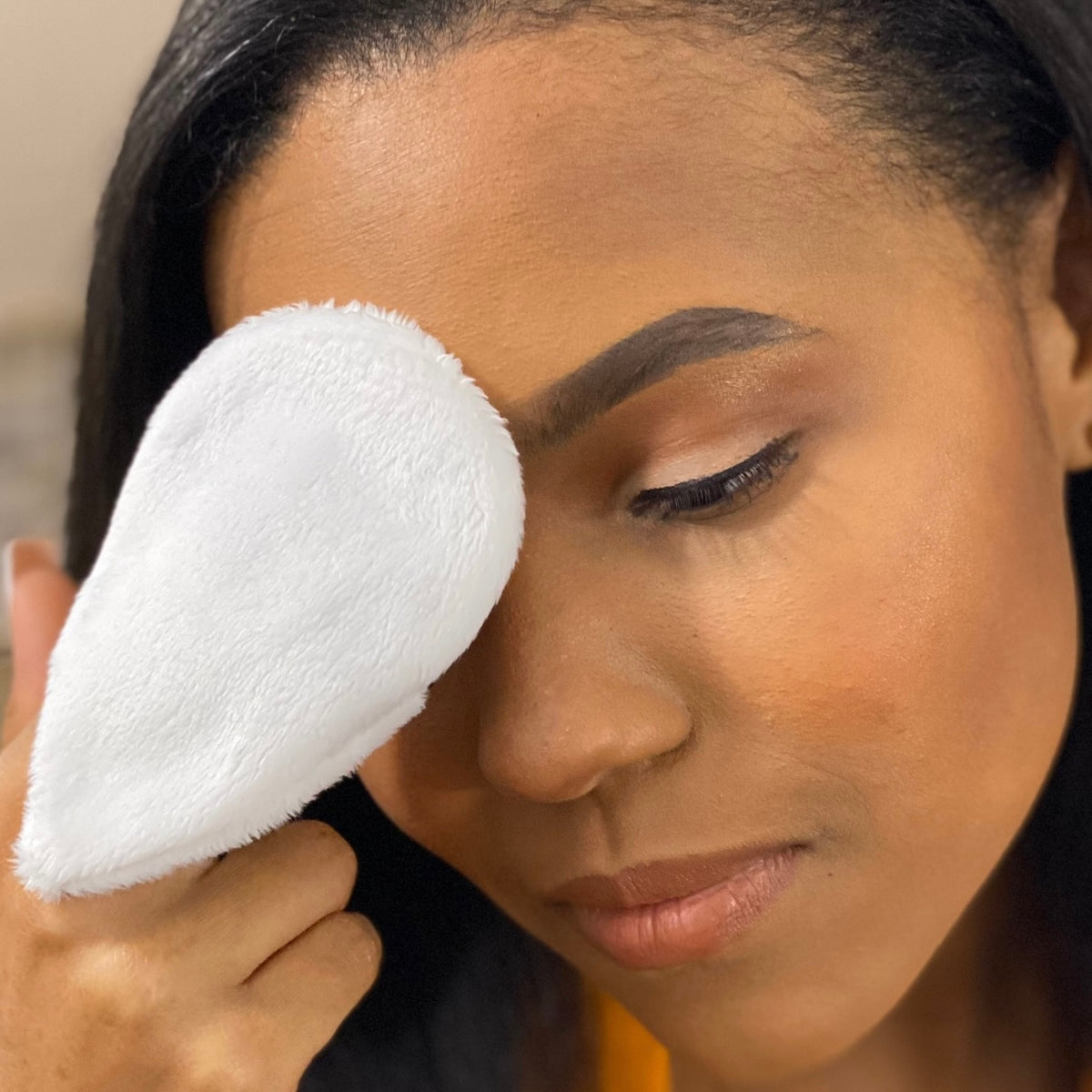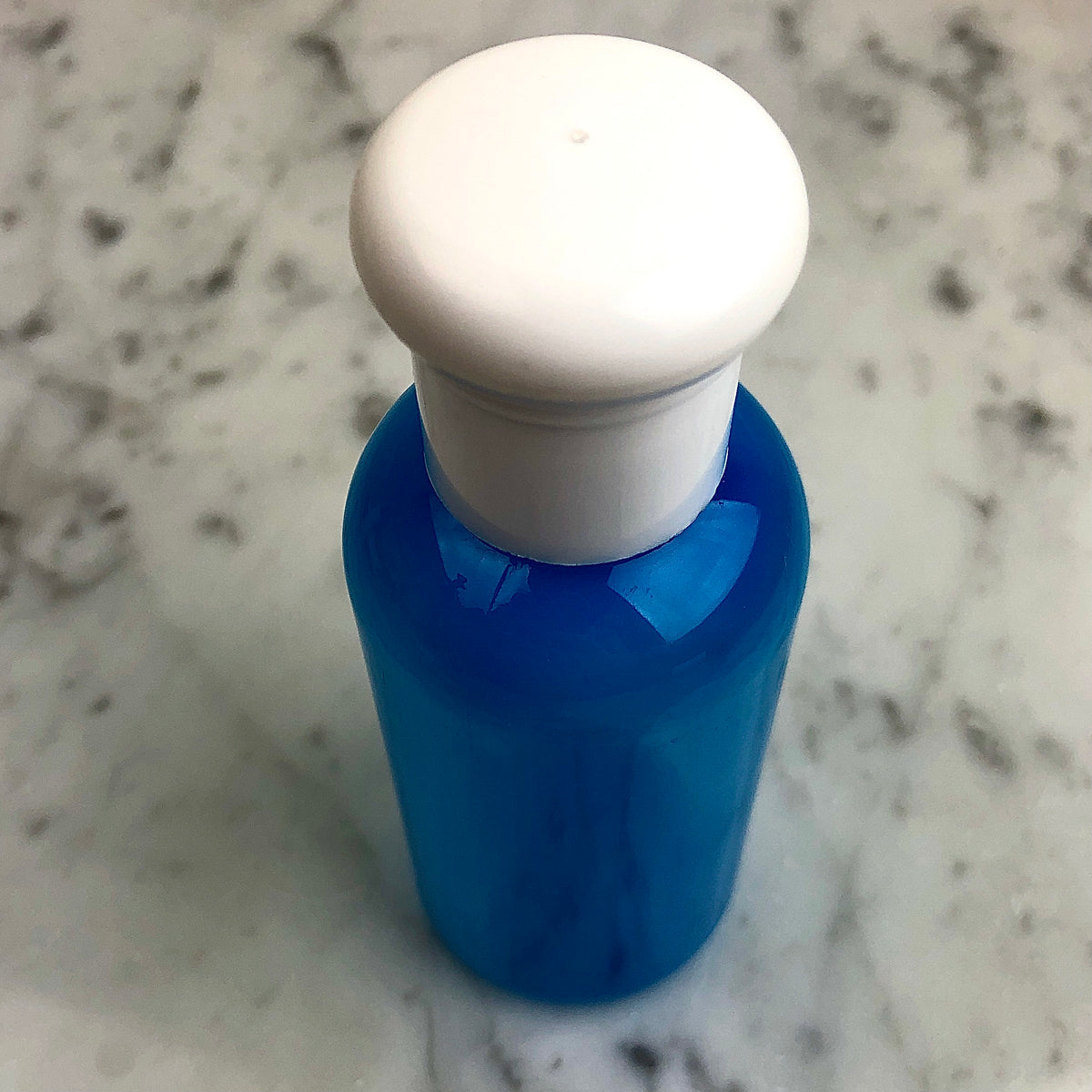The Right Way to Wash Your Face
Are you washing your face right? Probably not.
I’ve talked to so many people in the last few years about how they wash their face. Poll results (however informal) are in—almost all of you are over cleansing or under cleansing!
You know who’s doing it right? Most makeup artists, estheticians, and beauty experts. Is that because it’s too complicated for “normal” people? No! It’s because those are the people who stay current with their skincare news. Those people know that a lot of the accepted “wisdom” about face washing is either outdated or it’s based on old marketing campaigns from brands who wanted to sell something.
A good face washing routine is a lot simpler than you think. The problem is that a million products are offering a million features and benefits, and people don’t know which is best for their skin. And then they’re hoping that the face washing step will fix all of their problems.
Keep It Simple
- A good cleansing routine removes pollution, makeup, grime, and excess oil.
- Even if you don’t wear makeup, you need to wash your face every night. This isn’t about vanity. It’s about preventing skin cancer. Whether you need to wash in the morning is up for debate (note—I do).
- Wipes are not enough. All wipes are bad news, but if you must use them, you need another cleansing step afterward to remove the gunk they leave on your face.
- Don’t expect your face washing routine to address everything you want to fix about your skin. Cleansers can’t do much more than cleanse, mainly because they don’t stay on very long and then you wash them down the drain. For other skincare goals, products that stay on skin (like creams) will be more effective.
- Your skin should never be squeaky clean. I literally mean never. 30 seconds after you wash and pat dry your skin, it should still feel a little moist and “tacky.” If it’s dry or taut, you are stripping or over cleansing your skin.
That last item was hard for me to hear at first. I have really oily skin, and I always thought the secret to clear skin was managing oil. Skip to the end of that long story—I was wrong. Over cleansing stresses skin out and leads to MORE oil. If you have dry skin, over cleansing leads to dryer skin. In general, over cleansing causes an inflammatory response, which is bad for all skin types.
If you’ve always gone for squeaky clean, just-right-cleansing can take some getting used to. If you have oily skin, stick with it for a while and notice your skin get calmer and happier. If your skin is dry, the switch to gentler cleansing is an immediate “wow.”
This means that many cleansers on the market aren’t right for most skin types. Dermatology is a fast-changing science, but companies are still selling products that speak to old-fashioned ideas of skincare.
Cleanser No-Nos:
- Wipes (they’re long on preservatives and skin-clogging gunk, short on actual cleansing power)
- Cleansers that have lots of suds or bubbles (these contain too much soap)
- Most bar soaps
- Drying ingredients like benzoyl peroxide
- Strong active ingredients (they don’t stay on skin long enough to do much; pay more for creams that contain active ingredients, since those remain on skin)
- Cleansing routines with many steps (if you want to separate makeup removal and cleansing, that’s fine. But no 10-step routines, please!)
- Harsh toners or astringents; toning should be a gentle step, so if it stings, it’s too much
Gentler is Better
My favorite cleansing method is oil cleansing or balm cleansing. This is where you apply something that dissolves the grime, massage it around skin, then wipe it off with a damp cloth (like a Mitty). You don’t have to follow with another wash if you get this right. More on that another day. If I don’t have my oils handy, I go for something simple and gentle. In a pinch, I’ll use micellar water and a damp Mitty, then rinse clean at the end. This works for me, but most skincare experts think it’s not enough.
I would be remiss if I didn’t mention that I love my Mittys for getting cleansing just right. When I add a Mitty to super-gentle cleansers, it feels like I’m getting everything off. Even if those cleansers don’t feel “enough” on their own, when I use them with a Mitty, my skin feels cleaner, but I’m still not over cleansing (it passes the 30-second "tacky test”). Same with micellar water—if I use it alone with a cotton ball, I don’t think it gets everything. But with a damp Mitty, it’s enough.
There’s the added benefit that the tap doesn’t run as long, I don’t splash water all over my sink and hair, and I can clean my neck and upper chest easily (less mess).
There’s been a lot of excellent research since the days of harsh acne treatments from the drugstore, or those yellow bars of soap from the department store. It’s time to update our understanding of face washing. We need to get the dirt off and then stop. It should be gentle and simple. I’m not saying you don’t tone or moisturize, but cleansing should be non-aggressive and leave skin feeling kind of moist.
Back when I invented the Mitty, I thought I was the only one who was confused. Thousands of conversations later, I know that we’re all Goldilocks searching for something that is “just right.”
Also in Company stories, skincare tips, and environmental news from Take My Face off

How to Help Teenagers with Skin Problems
- Avoid the temptation to go overboard! Harsh cleansers, astringents, and scrubs can make problems worse.
- Cleanse skin twice a day with a gentle cleanser. Make sure to rinse thoroughly.
- Avoid harsh soaps and creams (unless recommended by a dermatologist).
- If you want to try topical acne treatments, start off slowly.

What's the Difference Between Astringent and Toner?

Is Astringent Good for Skin?
It’s been a long time since astringents were the prom queens of the skincare world (that’s not the scientific term). What changed and why?
Skincare experts used to think that the way to manage oily, blemish-prone skin was to remove the oil and bacteria. Hence, they loved harsh, bacteria-killing astringents (among other products). But in the last few decades, those experts started changing their minds.


